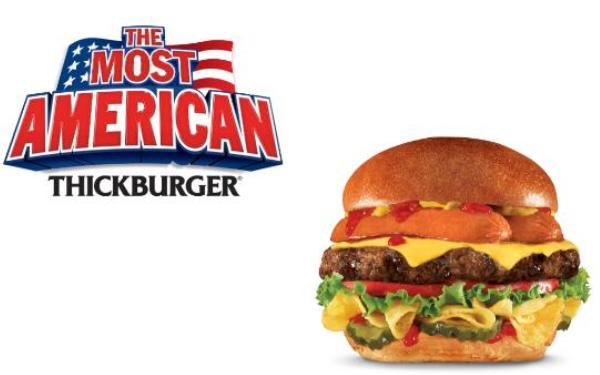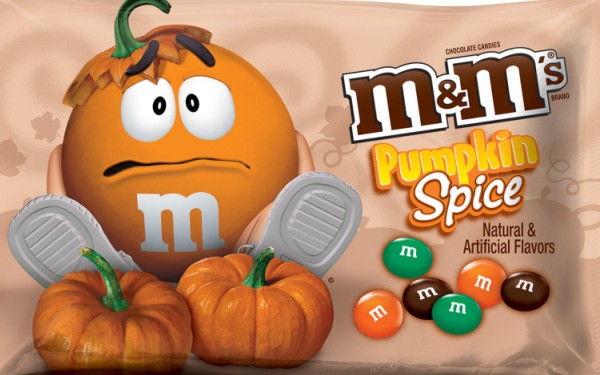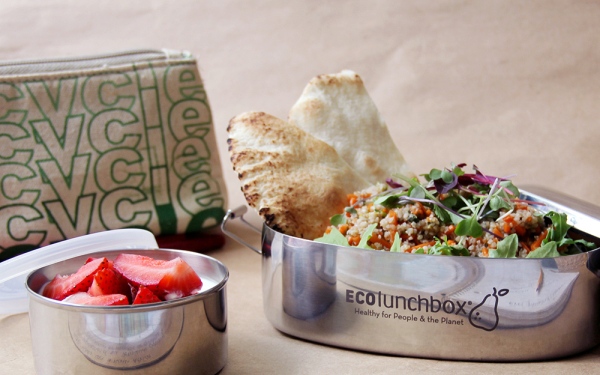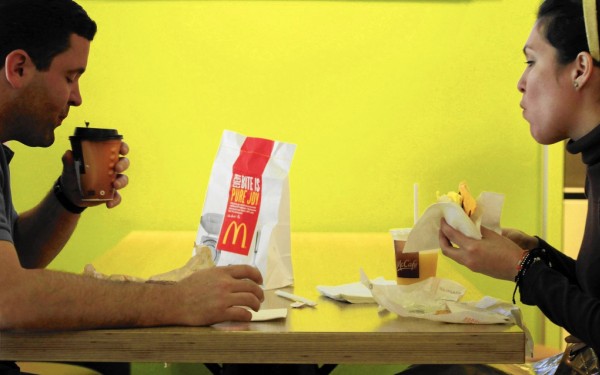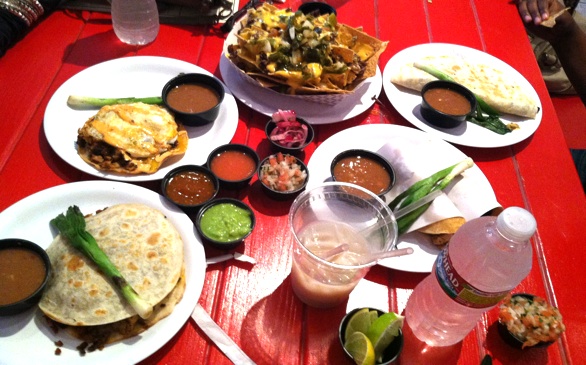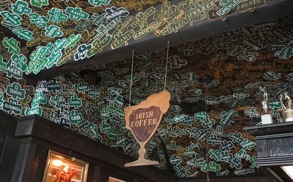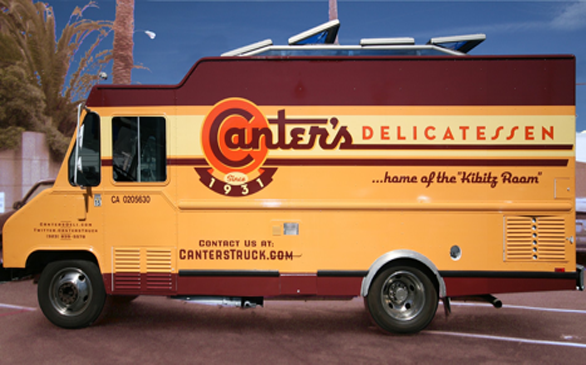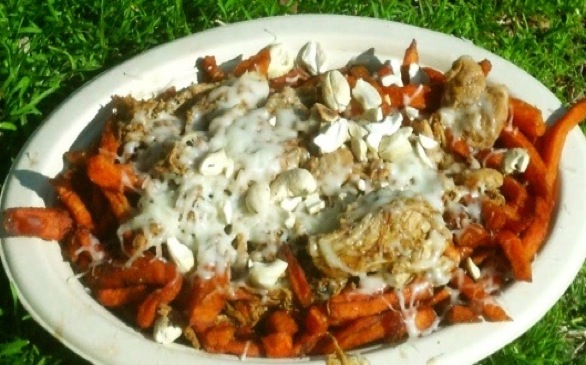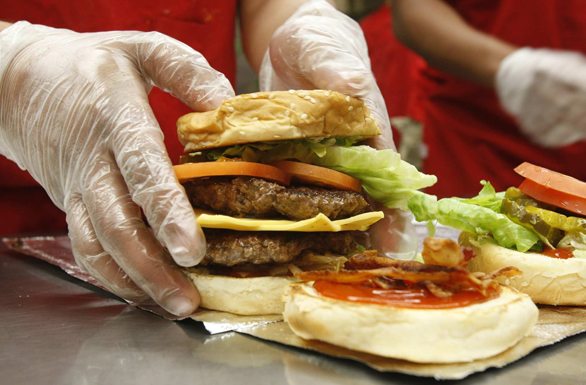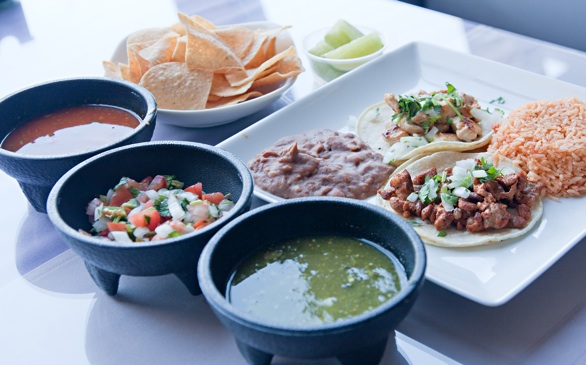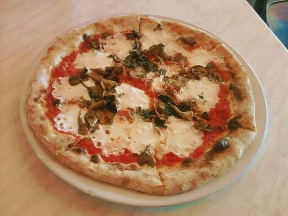Even for Carl’s Jr., the fast-food chain famous for its ads of scantily clad women savoring giant hamburgers, this summer’s commercial for the Most American Thickburger was over the top, just like the burger itself.
The TV spot featured a swimsuit model in a red-white-and-blue bikini holding a huge beef patty topped with a hot dog, melted cheese and a pile of potato chips. She sat in the bed of an American-flag-adorned pickup truck being driven by a bull rider. The truck was perched on an aircraft carrier that sailed past the Statue of Liberty as fireworks exploded overhead.
“What’s more American than a cheeseburger?” the announcer said. “This cheeseburger, loaded with a hot dog and potato chips.”
And up to 1,250 calories, he might have added.
As Americans grapple with their waistlines and become more calorie-conscious, some fast-food chains, such as McDonald’s, are peddling healthier options including salads and chicken wraps. Others, such as Carl’s Jr., have unleashed outrageous options to appeal to a different market, primarily young men.
With an extra-large soda and fries, a Most American Thickburger combo has most of the calories a sedentary young male needs each day, according to guidelines issued by the U.S. Department of Agriculture.
Industry experts, however, say the salads at McDonald’s and the huge burgers at Carl’s Jr. have similar purposes: to generate buzz, enhance brand identity and attract customers, many of whom will opt for a standard burger and fries once they arrive at a restaurant.
With its chicken wraps and salads, for example, McDonald’s is trying to lure health-conscious adults to eat with kids or co-workers who want more traditional fast-food fare, said Brian Wansink, a Cornell University professor who studies the fast-food industry and consumer behavior.
“McDonald’s is trying to aim at the guilt factor: ‘I’d feel better about taking my children there if there’s something good for me to eat,’” Wansink said.
All it takes, he said, is for one person in a group – say a family or a group of co-workers going out to lunch – to say “I don’t want to eat there,” and the entire group goes somewhere else.
“That group comes in and spends money instead of going to Subway,” Wansink said. “Salads and wraps are not big moneymakers, but McDonald’s is interested in the other sales the group brings in.”
Likewise, Carl’s Jr.’s ads for its limited-time offerings target “young, hungry guys,” said Quang Hong, editor of Brand Eating, a blog devoted to fast-food news and reviews. Maybe they’ll try one of the megaburgers, but more likely they’ll order off the standard menu, which features bigger burgers than most chains, he said.
Carl’s Jr. generally appeals to its target audience with third- and half-pound burgers that cost $5 or $6, a premium price in the fast-food category. To draw attention, they often run outlandish ads for oversized items, such as the Most American Thickburger, to provoke conversation and media attention, Hong said.
“It’s more to drive buzz than anything,” he said.
The Most American Thickburger equals the calories of about five traditional McDonald’s hamburgers, which have 240 calories each, but even Carl’s Jr.’s regular offerings tend to have the same calorie count as three or four of McDonald’s basic eighth-pound patties.
“If you have a third-pound burger, it’s going to be north of 900 calories unless it’s just meat and cheese,” Hong said. “The bigger buns are 200 to 300 calories alone. It’s a lot of food, though.”
Hong, a lawyer by training who lives near Los Angeles, earns a living from his popular blog. He started it in 2008 while attending law school as a way to write about food “people could eat everywhere for relatively cheap.”
He’s writing for a mass audience. Fast food remains a hugely popular choice in America.
The Yale Rudd Center for Food Policy & Obesity reported that U.S. sales for the 50 largest chains were $157 billion in 2012, with each household in the nation spending an average of $1,335 on fast food that year. McDonald’s was by far the market leader, with nearly $36 billion in sales – about three times the sales of second-ranked Subway, the center said.
In California, the number of fast-food restaurants grew significantly last year. In the last three months of 2013, there were 23,800 “limited service restaurants.” By the end of 2014 there were 25,600 statewide, according to the latest state figures, an increase of more than 7 percent.
Recent news of McDonald’s slipping sales have led some to question whether “fast-casual” chains, such as burrito restaurant Chipotle, are taking over the market traditionally dominated by burger chains McDonald’s, Burger King and Wendy’s.
That’s not the case, experts said.
“The (fast-food) category’s not only growing every year, it’s attracting new competitors who see they want a piece of that growth,” said Larry Light, CEO of Arcature, a brand management consulting company based in Delray Beach, Fla., who was part of a successful turnaround effort at McDonald’s in 2003.
Chipotle’s customers and McDonald’s patrons are distinct groups, he said.
One thing that differentiates them is price. A burrito and drink at Chipotle costs $8 to $10. A Big Mac or Quarter Pounder with fries and a drink at McDonald’s costs $4 or $5.
Some customers are willing to pay more for Chipotle’s humanely raised meat and locally sourced produce, but it’s too pricy for many customers on a budget who eat fast food regularly, Light said. Plus, the chains appeal to different personal values, he said.
“People don’t just eat with their mouth. They eat with their mind,” Light said. “When you say, ‘I eat at a certain restaurant,’ it isn’t just about the food. It’s about what it says about you as an individual.”
And, said Cornell professor Wansink, Chipotle fans probably wouldn’t go to McDonald’s just because it has locally grown lettuce.
The fast-food market is becoming increasingly Balkanized, with chains such as In-N-Out Burger and Chick-fil-A directly competing with McDonald’s and Burger King more than Chipotle, Wansink said. In such a market, restaurant chains have to send a message to consumers about why they should eat there, he said.
That’s where the giant burgers and salads come into play, he said. They tell customers what the restaurants stand for in new ways.
“Fast food as an industry can be seen as boring,” he said. “These extreme offerings are a way to excite people. They’ll say, ‘Wow, I haven’t eaten at Carl’s Jr. for a long time. That’s a cool place.’”
Hudson Sangree: , @hudson_sangree
———
©2015 The Sacramento Bee (Sacramento, Calif.)
Visit The Sacramento Bee (Sacramento, Calif.) at sacbee.com
Distributed by Tribune Content Agency, LLC.


